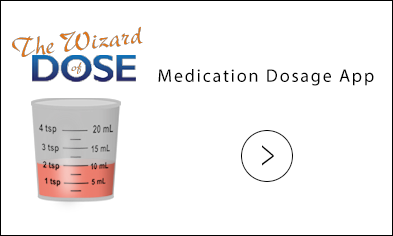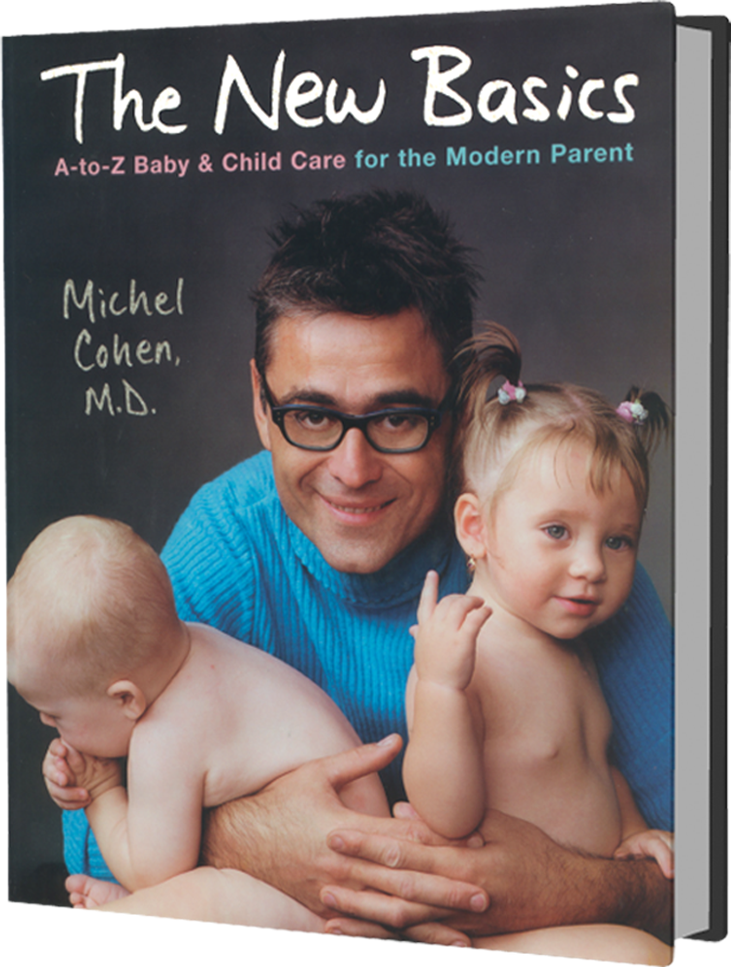
Decongestants
In theory, decongestants are supposed to dry the secretions produced by the nose. Children’s formulas come in different colors or flavors, often in combination with other medicines such as expectorants, cough suppressants, or painkillers. It sounds like a dream if you read the box, but the reality is far different. All decongestants basically have the same active ingredient, pseudoephedrine, whose questionable effectiveness is short-lived and limited at best. Although pseudoephedrine products are some of the most widely used drugs (and a huge source of profit for pharmaceutical companies), they are increasingly controversial.
In infants, especially, their side effects can be pronounced. They usually affect energy levels, either making a baby sleepy or, conversely, exciting the central nervous system. In older children, side effects are less pronounced, but the drugs don’t work any better to clear the secretions. Still, many doctors prescribe the drugs, knowing that even if the pills won’t do much for the symptoms, they’ll at least give parents the impression that something is being done to help their child’s runny nose. In my experience, a rational explanation of the side effects of decongestants is enough to convince most parents to avoid them.




 MEDICATION DOSAGE
MEDICATION DOSAGE

